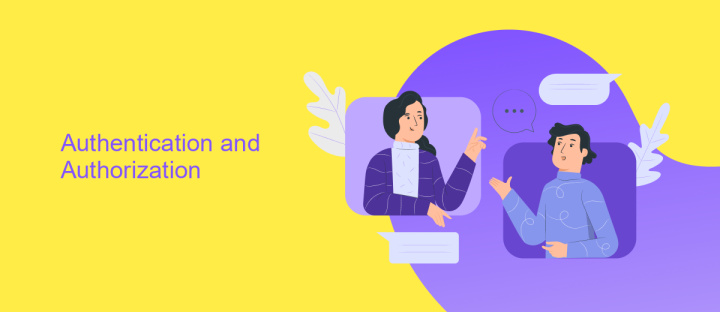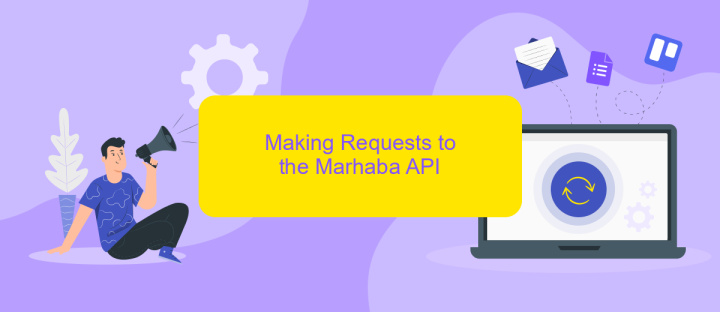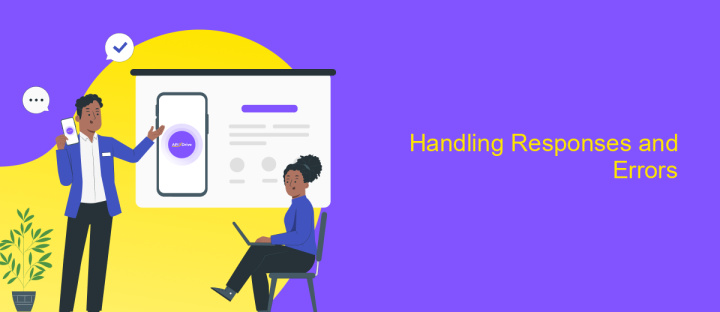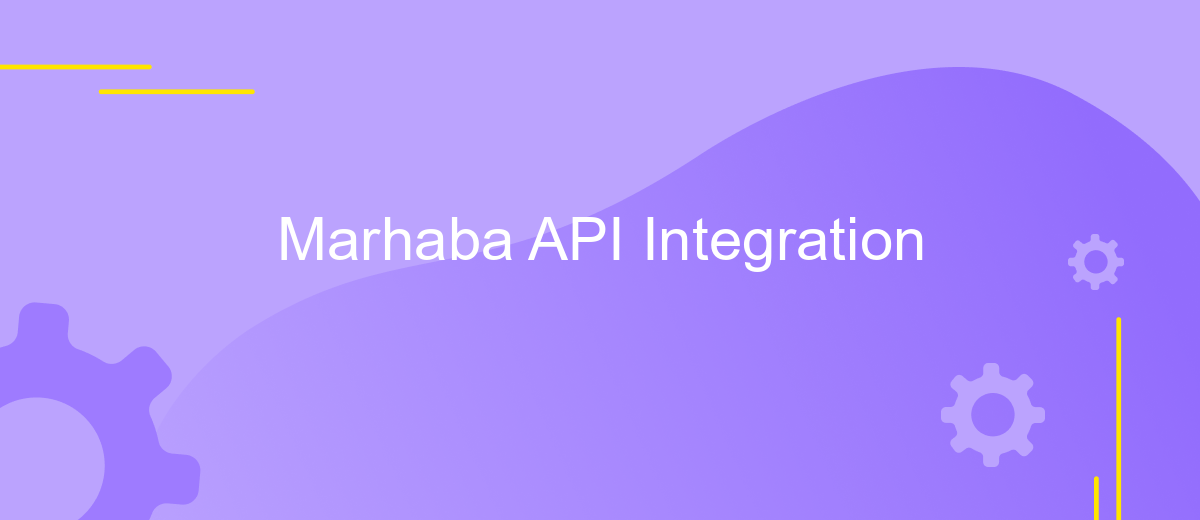Marhaba API Integration
The Marhaba API Integration offers a seamless solution for developers aiming to enhance their applications with robust functionalities. By integrating Marhaba's API, businesses can streamline processes, improve user experiences, and access a wide array of services efficiently. This article explores the key features, benefits, and implementation steps of Marhaba API, providing insights into how it can transform your digital landscape and drive innovation.
Introduction to Marhaba API
The Marhaba API is a cutting-edge solution designed to streamline and enhance digital interactions across various platforms. By providing a robust framework, it facilitates seamless integration and communication between disparate systems, ensuring a smooth and efficient user experience. This API is particularly beneficial for businesses seeking to optimize their operations through innovative technology, offering a comprehensive suite of features that cater to diverse industry needs.
- Easy integration with existing systems
- Comprehensive documentation and support
- Secure and reliable data transactions
- Customizable features to suit specific business requirements
- Scalable architecture for future growth
Incorporating the Marhaba API into your digital ecosystem can significantly enhance operational efficiency and user satisfaction. Its versatile capabilities allow for tailored solutions that align with unique business objectives, paving the way for innovation and competitive advantage. As technology continues to evolve, the Marhaba API stands as a pivotal tool for businesses striving to stay ahead in a dynamic market landscape.
Authentication and Authorization

Integrating with the Marhaba API requires a robust authentication and authorization mechanism to ensure secure data exchange. The API employs OAuth 2.0, a widely adopted standard for access delegation, which allows applications to access user data without exposing credentials. Developers must first register their application with Marhaba to receive a client ID and client secret. These credentials are then used to obtain an access token, which serves as a key to access the API's resources. The token must be included in the header of every API request to authenticate and authorize the application.
For seamless integration, services like ApiX-Drive can be utilized to simplify the connection process. ApiX-Drive offers a user-friendly platform to automate authentication workflows and manage API keys efficiently. By using ApiX-Drive, developers can focus on building their applications while ensuring secure and reliable communication with the Marhaba API. This integration service also provides monitoring and logging features, which help in tracking API usage and troubleshooting potential issues, thus enhancing the overall security and efficiency of the integration process.
Making Requests to the Marhaba API

To effectively interact with the Marhaba API, it is essential to understand the process of making requests. The API is designed to handle various types of requests, allowing you to retrieve, update, or delete data. By structuring your requests properly, you can ensure seamless communication and data exchange with the API.
- Obtain your API key from the Marhaba API dashboard.
- Set the appropriate HTTP method (GET, POST, PUT, DELETE) based on the action you intend to perform.
- Construct the request URL, incorporating the necessary endpoints and parameters.
- Include the API key in the request header for authentication purposes.
- Send the request using an HTTP client or library, such as Axios or Fetch.
- Handle the response by checking the status code and processing the returned data.
By following these steps, you can efficiently make requests to the Marhaba API, ensuring that your application can leverage its full potential. Properly handling responses and errors will further enhance the robustness of your integration, allowing for a seamless user experience.
Handling Responses and Errors

When integrating with the Marhaba API, effectively handling responses and errors is crucial for maintaining a robust application. The API provides various response codes that indicate the success or failure of a request. Understanding these codes allows developers to implement appropriate logic for different scenarios.
Upon receiving a response, it is essential to parse the data correctly. JSON is the standard format used by Marhaba API, and developers should ensure that they handle the parsing process efficiently. This ensures that the application can utilize the data without unnecessary delays or errors.
- 200 OK: The request was successful, and the response contains the requested data.
- 400 Bad Request: The server could not understand the request due to invalid syntax.
- 401 Unauthorized: Authentication is required and has failed or not been provided.
- 500 Internal Server Error: The server encountered an unexpected condition.
Implementing error handling mechanisms is vital for a smooth user experience. Developers should log errors for further analysis and provide user-friendly messages to inform users of issues. By anticipating potential errors and planning accordingly, applications can remain resilient and user-focused.


Practical Examples and Use Cases
Integrating Marhaba API into your system can significantly enhance its functionality and user experience. For instance, travel agencies can use Marhaba API to streamline the booking process, offering real-time updates on flight schedules and availability. This integration allows agencies to provide customers with seamless travel planning, reducing manual input and errors. Additionally, it can automate customer notifications about travel changes, ensuring timely and accurate information delivery.
Another practical application is in the hospitality industry, where hotels can integrate Marhaba API to manage reservations and guest services more efficiently. By connecting with platforms like ApiX-Drive, businesses can simplify the integration process, enabling quick and easy connection between Marhaba API and their existing systems without extensive coding knowledge. This setup allows hotels to offer personalized guest experiences, such as room upgrades and special offers, based on real-time data, enhancing customer satisfaction and loyalty.
FAQ
What is Marhaba API Integration?
How can I start integrating with the Marhaba API?
What are the benefits of using Marhaba API Integration?
How can I automate Marhaba API integration processes?
What should I do if I encounter issues during Marhaba API integration?
Time is the most valuable resource for business today. Almost half of it is wasted on routine tasks. Your employees are constantly forced to perform monotonous tasks that are difficult to classify as important and specialized. You can leave everything as it is by hiring additional employees, or you can automate most of the business processes using the ApiX-Drive online connector to get rid of unnecessary time and money expenses once and for all. The choice is yours!

